Results show a dose-dependent impact on the microbiota composition and overall performance of L. vannamei
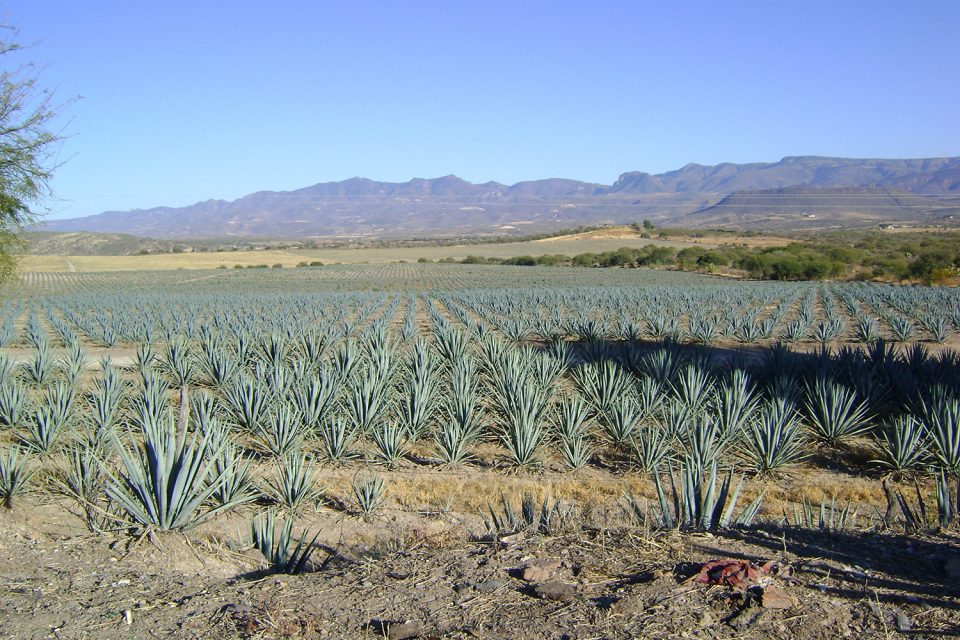
The diversity of microorganisms inhabiting the digestive tract of any organism, also known as the microbiota, has a profound effect on the host’s physiology, from nutrient metabolism and immune system development to infection resistance and enhanced growth performance. Several studies have shown the importance of the microbiota in their host, even in non-model organisms such as shrimp.
The microbiota composition in Pacific white shrimp (Litopenaeus vannamei) depends on environmental factors such as water salinity and diet, and on biological factors such as the organ and the developmental stage. The culture environment strongly influences the microbial interchange between water, sediment and shrimp. This interchange is essential to maintain an adequate balance between beneficial, innocuous and pathogenic microbes.
There are different approaches to modulate the shrimp microbiota through diet, improving growth, disease resistance and productivity. One strategy has been diet supplementation with probiotics, which exert their activity in the shrimp’s digestive tract by inhibiting the proliferation of pathogens, stimulating the immune response, promoting shrimp growth, survival, and nutrient absorption. The second strategy has been through diet supplementation with prebiotics to promote growth, survival, and positive immunological performance, also reducing the relative abundance of potential pathogens.
Agavin is a non-digestible natural sugar produced from the agave plant, which is cultivated for its many uses, which include production of fiber and food, beverages and tequila, and others.
Its potential as a prebiotic in the culture of marine species has barely been explored, and there are no previous reports regarding the effect of agavin on the hepatopancreas and the intestine microbiota of L. vannamei.
This article – adapted and summarized from the original publication (Ochoa-Romo, J.P. et al. 2022. Agavin induces beneficial microbes in the shrimp microbiota under farming conditions. Sci Rep 12, 6392 (2022)) – evaluated the effect of agavin on the microbiota structure of the intestine and the hepatopancreas of L. vannamei, examining the enrichment of beneficial microbes and validating if eventual microbiota modifications could be organ-dependent.
Study setup
The study was conducted as a bioassay inside an earthen pond (5-hectares) of the shrimp farm Camarones el Renacimiento S.P.R. de R.I. in the Northwest Pacific in Sinaloa, Mexico. The trial followed the traditional farm’s rearing conditions of semi-intensive culture with 20 percent water exchange daily and feeding manually twice per day and monitoring food consumption using feeding trays. All biotic and abiotic factors were the same for all shrimp during the bioassay as all the cages were submerged in the same pond.
Three isoproteic and isolipidic diets were formulated according to the nutritional requirements for shrimp. The diets contained approximately 375 grams per kg of crude protein and 95 grams per kg of crude lipid with three levels of commercially sourced agavin; the basal diet (BD) without agavin; the AG2 diet containing 2 percent w/w of agavin; and AG10 containing 10 percent w/w of agavin.
Apparently healthy shrimp (N = 180; without signs of rearing stress and physical injuries related to biotic or abiotic factors) of similar weight were randomly assigned into three groups: BD, AG2, and AG10 in three replicates in nine cages (110 × 110 × 120 cm), submerged inside the pond covered by 90 cm of sea water, with 20 shrimp stocked per cage and reared for 28 days. Shrimp were fed twice daily using feeding trays.
For detailed information on the experimental design, diet formulation and preparation, animal husbandry, data collection and analyses, refer to the original publication.
Results and discussion
It is essential to understand the role the microbiota plays in shrimp health and disease in order to manage its composition during stressful conditions that could affect during production in farms. In this context, several studies have shown the beneficial effect of prebiotics in shrimp production facilities.
In our study, the application of a diet supplemented with 2 percent agavin showed a favorable impact on the shrimp growth parameters, as revealed by significantly lower feed conversion ratio (FCR) and feed intake, in agreement with other studies where dietary fibers are included in the diet as prebiotics. This improvement in the feed conversion could be related to the significantly higher protein efficiency ratio in the diet obtained with a 2 percent agavin enriched diet compared to the basal diet, suggesting that changes in the microbiota could be associated with increased protein intake efficiency. The same effect has been observed in other species.
We suggest that the improvement of growth performance parameters using 2 percent agavin may be due to a satiety effect that was observed by a lower feed intake, contrary to the observed using 10 percent agavin. The dose-dependent effects of inulins – a group of naturally occurring polysaccharides produced by many types of plants, also used as prebiotics – have been observed in humans, where a higher dose does not necessarily have a better effect, but where the opposite may be the case.
The addition of low-dose agavin (2 percent) to the diet showed a tendency to decrease the microbiota diversity and richness in shrimp hepatopancreas and intestines (Fig. 1), with a reduction in the intestines when compared with the basal diet. The decrease in diversity and richness of the shrimp intestine microbiota has also been observed when alternative prebiotics in the diet have been studied. Our data unexpectedly showed that a higher dose of agavin (10 percent) in the diet led to an increased richness and diversity in both organs. However, this difference was not significant when compared with the basal diet. Nevertheless, increases in richness and diversity have also been observed in shrimp intestines using other prebiotics while species diversity and richness decreased at higher prebiotic concentrations.
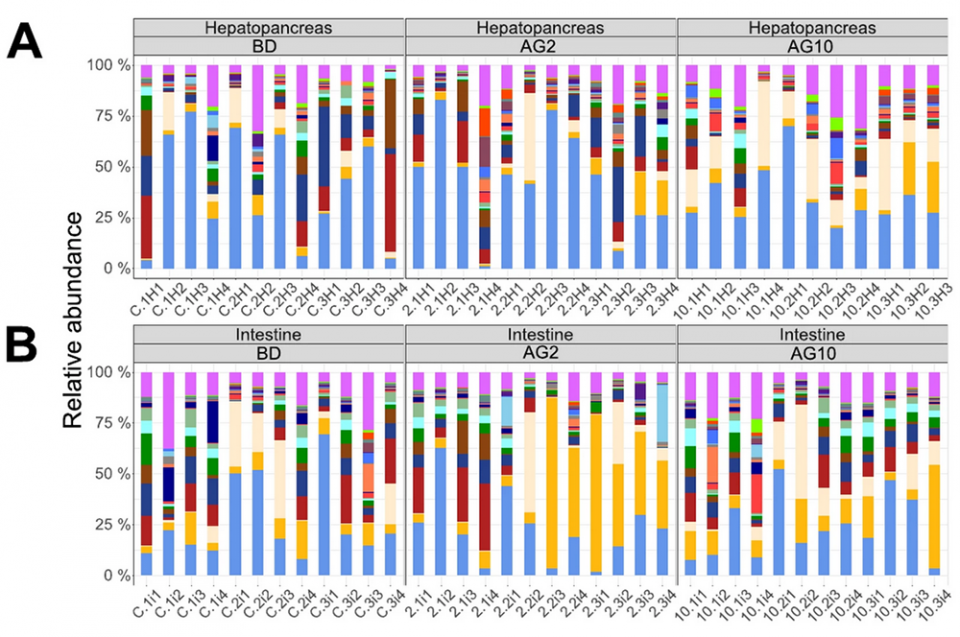
Generally, for different organisms, a higher microbiota diversity is associated with a healthier host condition, as a more comprehensive number of species is usually associated with more robust stability, resistance and resilience to environmental stress, due to functional redundancy. However, in humans and mice, an increase in the diversity and richness of the intestine microbiota has been associated with pathological states such as the development of Alzheimer’s and metabolic complications related to obesity or aging.
Similarly, contradictory observations regarding the association of species richness and diversity with host health have also been reported for shrimp, where a greater microbial diversity does not necessarily imply a healthier status. For example, the intestines of healthy cultured shrimp have lower diversity and richness than shrimp affected by Acute Hepatopancreatic Necrosis Disease (AHPND). But other published research has reported that AHPND is associated with a significant reduction in bacterial diversity of the stomach compared to that of healthy individuals. In contrast, there is a considerable reduction in the intestine microbial diversity of shrimp with White Feces Syndrome (WFS) compared to asymptomatic individuals. Interestingly, there is no change in microbial intestine diversity in shrimp infected with White Spot Syndrome Virus (WSSV) and Cotton Shrimp-like Disease.
Our study demonstrates that changes in shrimp microbiota depend on agavin concentration in the diet. The overall microbial richness and diversity and the abundance of probiotic bacteria increased with a high dose of agavin (10 percent). In contrast, richness, diversity and the abundance of probiotic bacteria decreased with a low agavin dose (2 percent). Changes in the shrimp’s intestine microbiota have been observed to be dose-dependent of the prebiotic. And the effect of the prebiotic of decreasing the microbiota richness and diversity may result from the synthesis of short-chain fatty acids, which have shown a similar effect on a diversity index in L. vannamei.
Overall, our results suggest that agavin could be an excellent FODMAP [fermentable oligosaccharides, disaccharides, monosaccharides and polyols] prebiotic for hepatopancreas-associated diseases due to the determinist effect in the microbiota structure of this organ. This behavior also indicates that the microbiota structure of the hepatopancreas could be more influenced by prebiotics than the microbiota of the intestine. Interestingly, some studies have revealed that the microbiota of the hepatopancreas has larger stability than the intestine microbiota as it plays a crucial role in host energy and nutrient assimilation.
Supplementation with 2 percent agavin improved shrimp growth performance, although the abundance of beneficial microbes was significantly higher at 10 percent compared to the control. However, the growth performance at 10 percent was the same observed for the basal diet. This could lead to considering that a food supplemented with 10 percent agavin offers better protection than 2 percent against possible pathogens without reducing shrimp growth performance. These findings clarify that prebiotic concentration is crucial when implementing a prebiotic strategy in shrimp farming.
The probiotic potential of Bacillus bacteria, a multifunctional probiotic bacterium with a tested capacity to increase aquaculture profitability, is well known. There are many articles dealing with the advantage of Bacillus as a probiotic in shrimp aquaculture. More recently, the probiotic effects of Bacillus strains directly isolated from shrimp farms have been successfully demonstrated. Our work suggests that a combination of Bacillus species with 10 percent agavin could be a successful symbiotic for shrimp aquaculture.
Perspectives
Our study demonstrated an agavin dose-dependent influence on the microbiota composition and overall performance of L. vannamei. Although the objective of this study was not to elucidate the mechanisms by which the agavin participates in L. vannamei metabolism, the inclusion of agavin in the diet promotes a healthy microbiota via increased abundance of beneficial microbes.
Further research is required to elucidate the role of agavin in improving shrimp growth and abundance of beneficial microbes through investigations addressing the expression of genes involved in the immune system, as affected by agavin.
To our knowledge this is the first report dealing with the evaluation of diet on the hepatopancreas microbiota composition, suggesting that this organ is more susceptible to diet than the intestinal microbiota under the conditions used in our experiments.
Now that you've reached the end of the article ...
… please consider supporting GSA’s mission to advance responsible seafood practices through education, advocacy and third-party assurances. The Advocate aims to document the evolution of responsible seafood practices and share the expansive knowledge of our vast network of contributors.
By becoming a Global Seafood Alliance member, you’re ensuring that all of the pre-competitive work we do through member benefits, resources and events can continue. Individual membership costs just $50 a year.
Not a GSA member? Join us.
Author
-
Dr. Adrian Ochoa-Leyva
Corresponding author
Departamento de Microbiología Molecular, Instituto de Biotecnología (IBT), Universidad Nacional Autónoma de México (UNAM), Av. Universidad #2001, Col. Chamilpa, 62210, Cuernavaca, MOR, Mexico
Tagged With
Related Posts
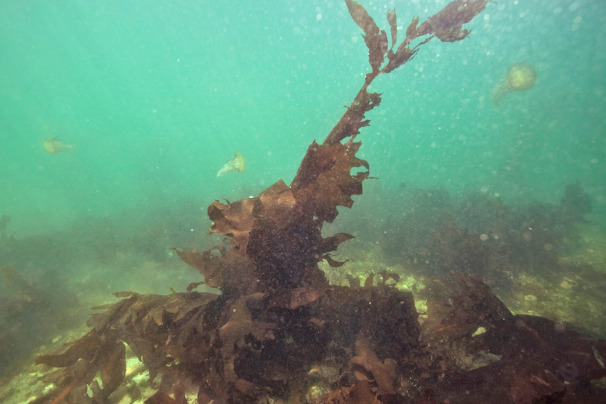
Aquafeeds
Assessing the effect of four macroalgae inclusions in diets of Pacific white shrimp
Evaluating macroalgae inclusions in L. vannamei diets show improved growth and intestinal microbiota and prevention of oxidative damage.
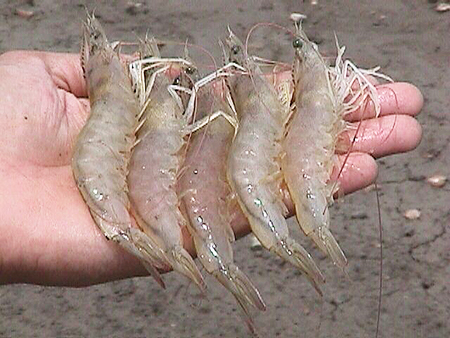
Health & Welfare
Botanical extracts improve productivity of shrimp, pangasius
In a study with pangasius, dietary administration of a blend of botanical extracts improved performance, reducing intensity of gill parasite infestation.
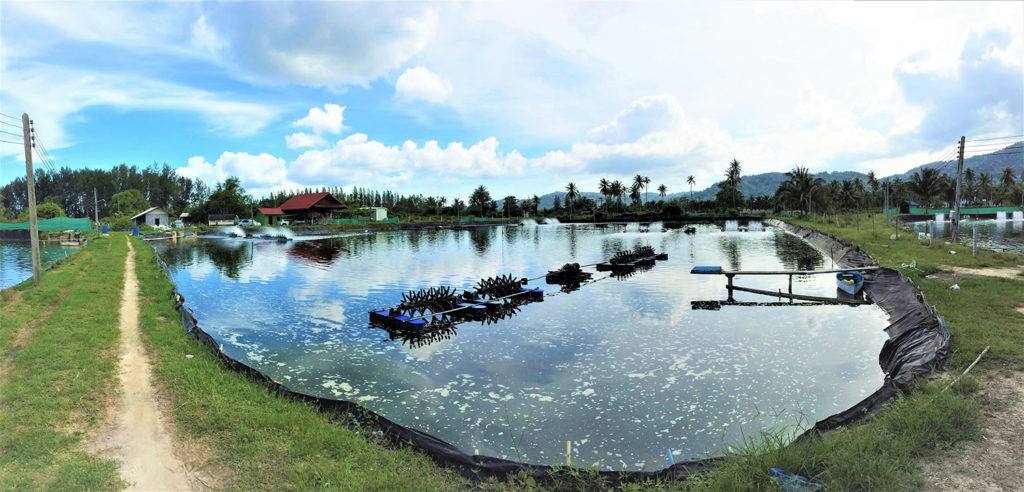
Health & Welfare
Evaluating shrimp microbiota diversity in an Aquamimicry system
Study evaluates the composition and diversity of shrimp intestine microbiota and the surrounding microbial community in an Aquamimicry system.
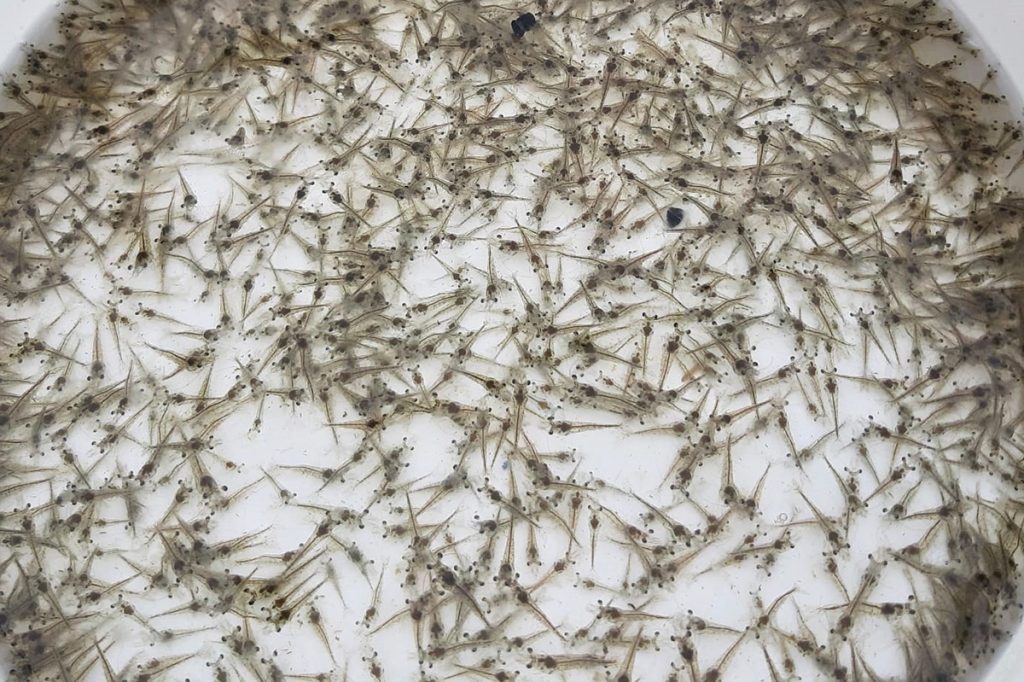
Health & Welfare
Microencapsulated organic acids and salts can benefit Pacific white shrimp production
Results of a trial in China show the use of fat microencapsulated organic acids and salts could improve disease resistance of L. vannamei shrimp.



